The sketching meetings occur every three to four weeks and are connected with a worldwide network of similar groups aiming to connect and share places. They fix a location for an afternoon and get together to spend time drawing in the urban environment, sharing and discussing the outcomes at the end. Today the group met at the Manchester Museum, where many people focussed on drawing objects and artefacts, however Colin found he was looking out of the museum to the street scenes and other local buildings. He felt this was related to his architectural background and connecting back to previous practice, instead of some of his more recent painting work. When Colin had mentioned to me what he was doing in the afternoon, I decided to bring along my own recent sketches from the museum. It was interesting to compare styles and approaches, especially as we had both had very different purposes for the drawings.
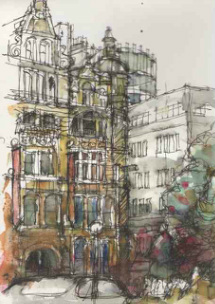
Colin identified that his drawings are a method of investigating how to develop a balance between an architecturally accurate drawing style and his abstract paintings. Comparing his drawings with my own sketchbook work (completed partly as a demonstration to students and partly as ongoing research development), we agreed that though the outcomes are very different in style and approach, they exist for essentially the same reason. Colin will be using his sketches in moving towards mixed media work involving silkscreen.
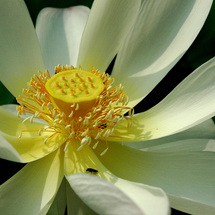
The painting is a reasonably direct representation of a lotus in a Japanese Buddhist temple and I have been exploring the ‘peace’ theme further through the application of paint by employing calm, soft, almost meditative brushstrokes. I went on however, to question my motivations for this work, worrying that it was bordering on the therapeutic and explaining that I felt self-indulgent in producing it largely for personal pleasure. Though I feel strongly that I don’t want to put this new ‘tangent’ down and am enjoying making for makings sake, I also find myself questioning the purpose of it, uncertain of what it could be achieving in a wider context. Having said that, I am not able to explain why this matters and fully appreciate that the purpose of visual art is not easy to qualify, nor is it always appropriate to do so. Despite this, I seem to be challenged in applying this to my own practice. Kevin suggested that this may be partly due to education though I suspect a lot of it has to do with my wider aspirations and self-expectations as well as it being quite a shift from my other recent work.
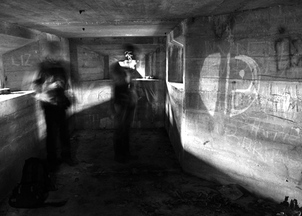
He has recently been looking at issues relating to place and space but after looking back through some older projects has realised an ongoing interest in rituals. This is especially apparent in two projects he shared with us exploring acts of pilgrimage and performance . He is now working collaboratively on a series of photos of pillboxes in Bury St Edmonds and is currently working out the relationship between the new and old work. The pillboxes are positioned in defensive lines along the railway and I commented that this seemed to relate back to Kevin’s previous interest in ley lines while it was also noted that there were links to military rituals. Kevin hopes to open the work up following this rediscovered direction and plans to look at military bands.
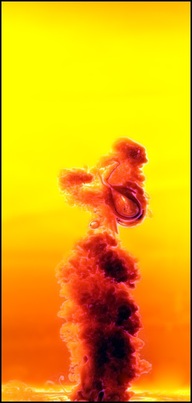
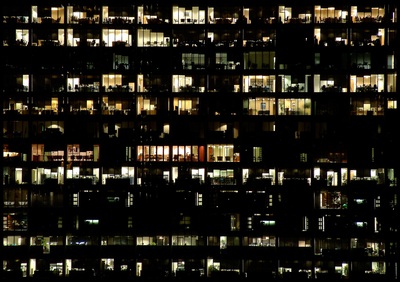
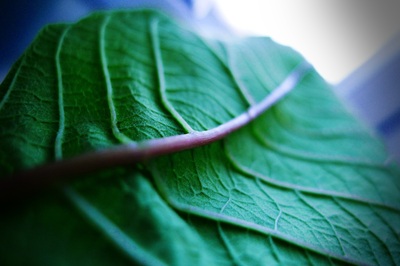

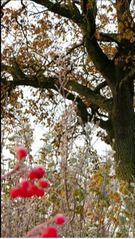

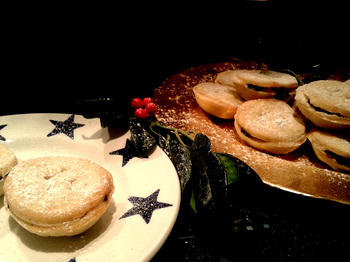
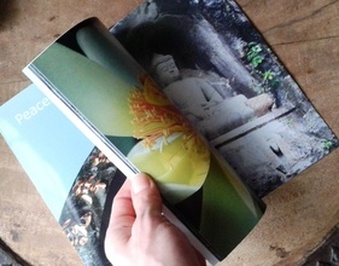
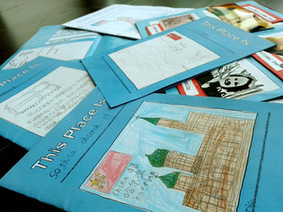
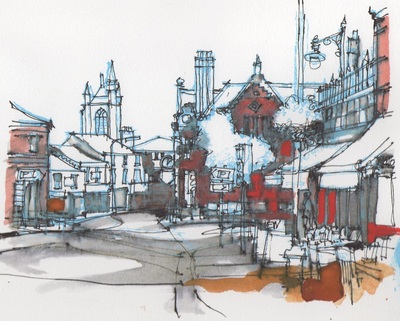
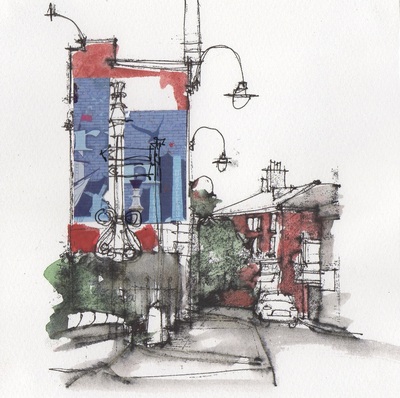
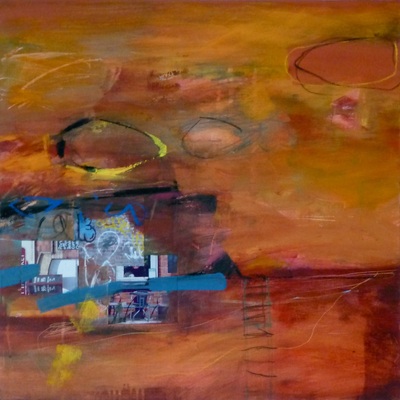
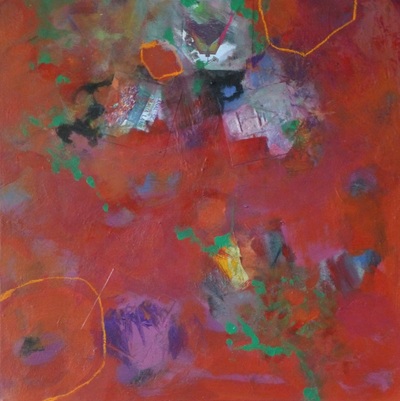
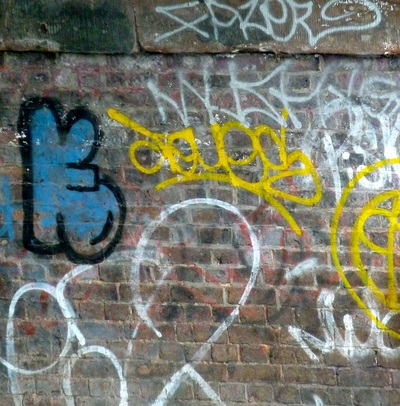
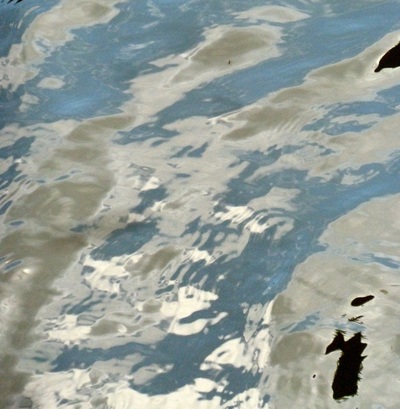
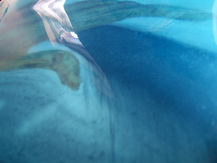
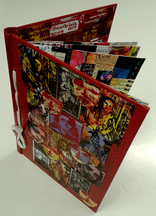

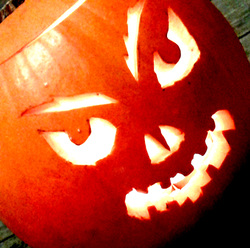
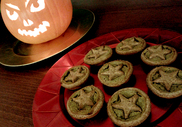
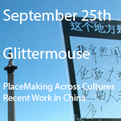



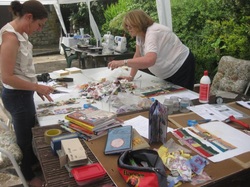
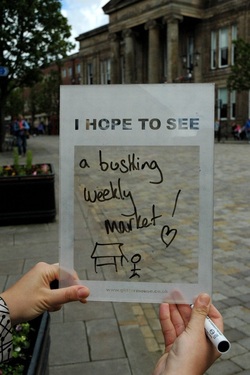
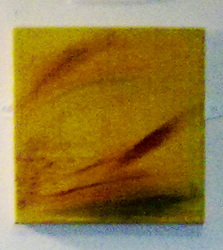
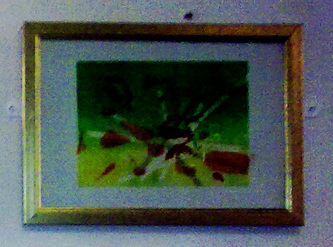
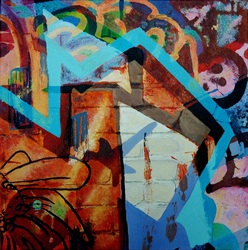

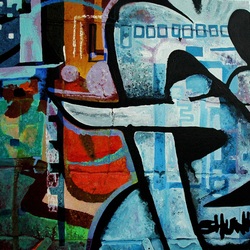
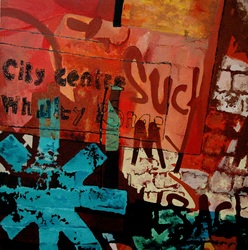
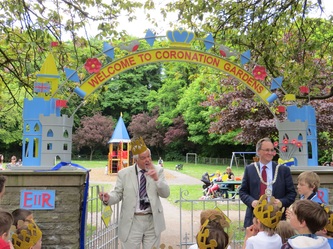
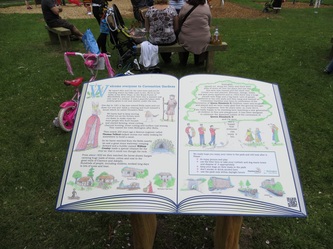
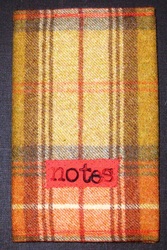
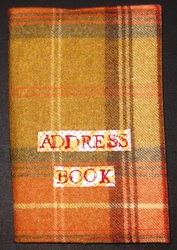
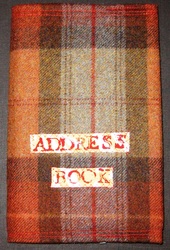

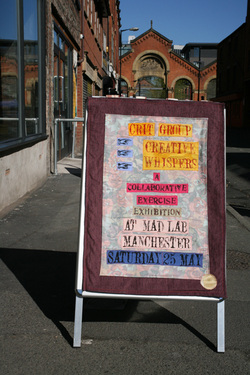



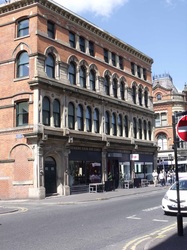
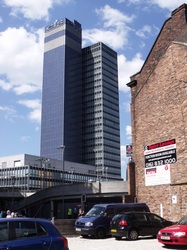
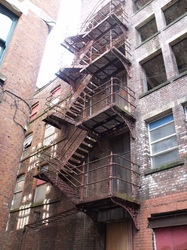




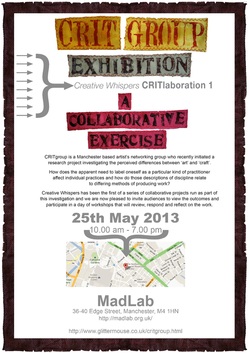
 RSS Feed
RSS Feed
